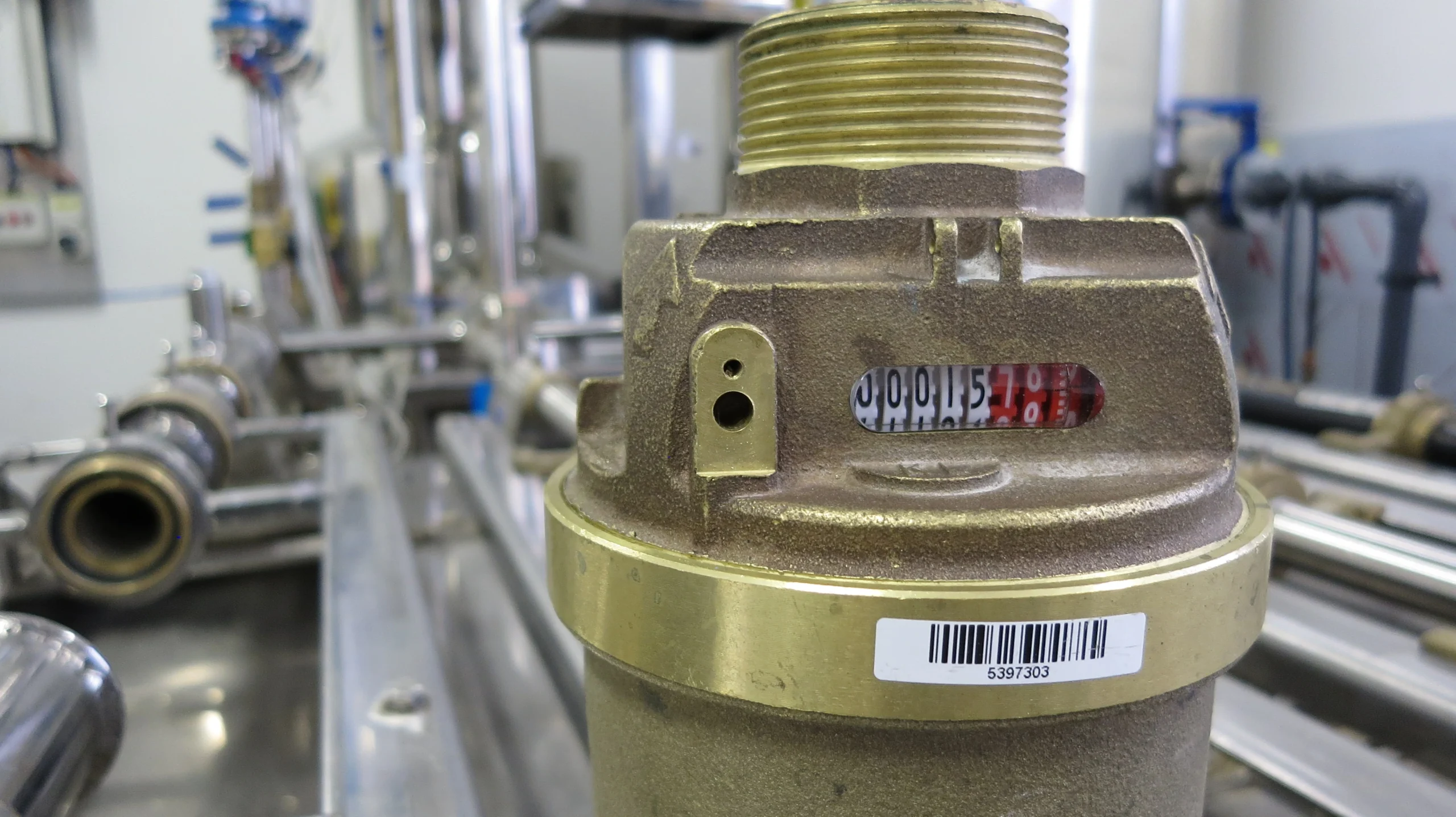When it comes to connecting brass fittings, a one-size-fits-all philosophy should be avoided. Justin Felix speaks with Plumbing Product Test Engineer Frank Iapozzuto about thread problems and ways to correct the issues surrounding the topic.
Most plumbers would have found themselves applying copious amounts of Teflon tape to join brass connections at one point or another in their career and while the connection stuck eventually, it was probably never meant to.
The Australian Standard for metallic fittings – AS 3688 – governs how the end connections of fittings, both male and female, are to be designed, machined and controlled for production.
Frank lapozzuto, Director of Prove Standards & Engineering, is concerned for the modern day plumber who is trying to know which brass fittings have been designed to mate with one another.
‘AS 3688 allows metallic plumbing fittings to be manufactured as a taper for sealing threads or parallel threads for fastening and both types are acceptable to manufacturers. The underlying issue here is one that can so easily be neglected [whether intentional or not] but shouldn’t be,” says Frank.
The underlying issue here is one that can so easily be neglected (whether intentional or not) but shouldn’t be,” says Frank.
A plumber, often unknowingly, will mate a sealing tapered male thread manufactured to AS ISO 71 [or AS 1722.1] with a female fastening thread manufactured to AS 1722.2.
“While one might say that the threads appear to mate; it must be noted that the two combinations were never intended to marry,” Frank explains.
This is justified by looking at the two Standards and comparing the allowable machine tolerances for a female thread manufactured as a sealing or fastening thread. Even though the tolerances between the two Standards overlap in particular instances, AS 1772.2 applicable for fastening threads, has greater tolerance when compared to AS ISO 7.1.
Unfortunately, it only gets worse from here, Frank explains. ‘Fastening threads are allowed as per AS 3688, which means that manufacturers are producing male and female fittings which are parallel. Unlike sealing threads where the tapered male binds into the parallel female (a little bit like a cone type wedge being driven into a cylinder), fastening threads are being produced on end connections of fittings for sealing applications.”
So despite the thread being produced in a satisfactory manner, its end purpose is being overlooked.

As long as the end connection of the fitting conforms to a connection end type of AS 3688, there is no restriction to produce fastening threads for applications where the plumber would need it to be a sealing thread.
“This will make more sense to plumbers who have plumbed the odd imported in-wall mixer and found that they have had to use half a roil of Teflon tape just to get their 1/2 inch hex nipples to pull up tight before the wrenching flats of the hex nipple drive all the way home.
“Unfortunately, the plumber is then asked to hang their hat on the workmanship. It seems a little unfair for a plumber who has just installed a WaterMarked product who probably doesn’t have a calibrated set of vernier callipers and a couple of precision thread gauges handy to check what thread forms they are about to mate,” says Frank. Perhaps until the Standard is changed, plumbers would be well served to have such instruments on hand.










